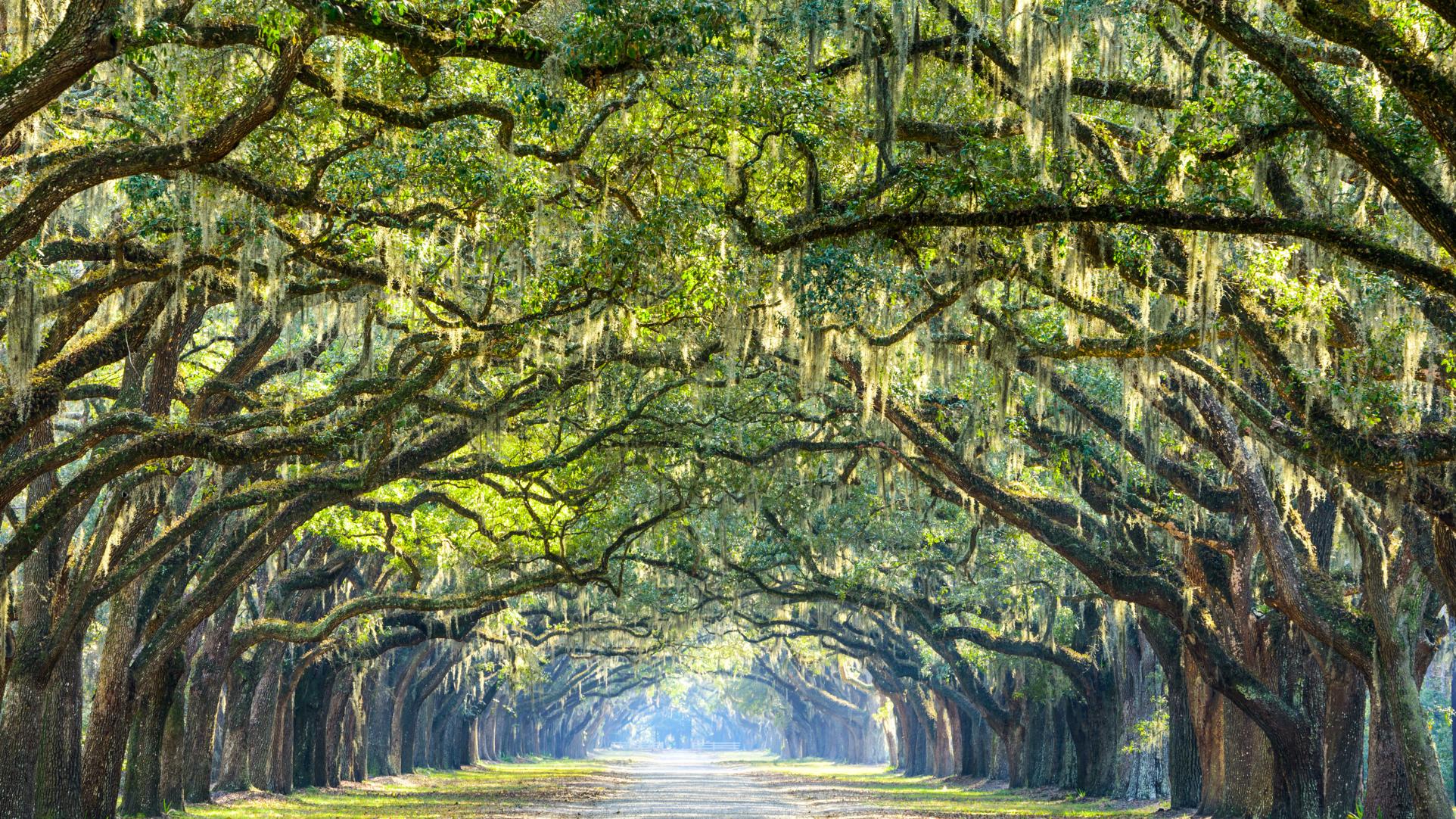During my previous life in Michigan, one of my IT friends and I regularly talked about palm trees, especially during winter. It began during a winter trip to Arizona for software training, complete with an airport layover in Detroit boasting a balmy 15 degrees. The palms in Phoenix were flags waving in the promised land of sun and warmth after the frigid temperatures, endless gray, and snow shoveling.
Moving to Florida made palm trees a daily reality like the willows, oaks, maples, and pines had been in the north. The seasonal tree cycle of sleeping winter rest, newborn spring blooms, summer fruits, and colorful autumn harvest were all I had known for most of my life around the country.
Over a year ago some of my reading inspired me to begin to watch the trees out the window along my daily 55-mile commute to my office in the Orlando suburbs, and it has taken time to begin to see the rhythm of the changing of trees and seasons in Florida.
Trees begin to lose their leaves from the previous season soon after New Years, and often they are sprouting new leaves (and pollen's) by February. Winter and spring commence in the space between January and April leading to the arrival of summer before May. High hurricane season arrives when the north and Midwest begin to feel the cool of fall and visualize a transformation of the color pallets of the trees. Finally, autumn in Florida comes disguised as relief from the humidity. (If we are lucky!)
As I watched the woods along my drives this past year, their own unique rhythms began to appear. Winter in the Florida woods is no longer the overgrown jungle found most of the year. The ceiling layer is of tall pines whose needles surround the tops of the trees giving shade below them, the deciduous trees are the middle layer briefly missing their foliage, and the palmettos make up the ground cover. When the busy clutter of the summer jungles has gone, you see the long slender trunks of trees designed with flexibility to withstand the storm winds and the quiet simplicity of a view deep into the heart of the forest with a canopy of protection above.
I’ve always loved the tree analogy in Psalm 1:1-3 (ESV).
“Blessed is the man
who walks not in the counsel of the wicked,
nor stands in the way of sinners,
nor sits in the seat of scoffers;
but his delight is in the law of the Lord,
and on his law he meditates day and night.
He is like a tree
planted by streams of water
that yields its fruit in its season,
and its leaf does not wither...”
Isaiah 61 begins as a prophecy telling the work Jesus was anointed to do, and then it tells of the fruit of His work, “…that they may be called trees of righteousness, the planting of the Lord, that He may be glorified” (Isaiah 61:3).
Call to Action
Some of us have branches that reach to the sky and provide shade and cool rest for those below. Others have roots that have grown deeper in search of the water of life. We serve and rest in our seasons to be a display of God’s love and goodness, to reach out in the space where we have been placed, and produce fruit to enlarge the forest we have been called to grow.
Unless noted otherwise, scripture taken from the New King James Version®. Copyright © 1982 by Thomas Nelson. Used by permission. All rights reserved.




